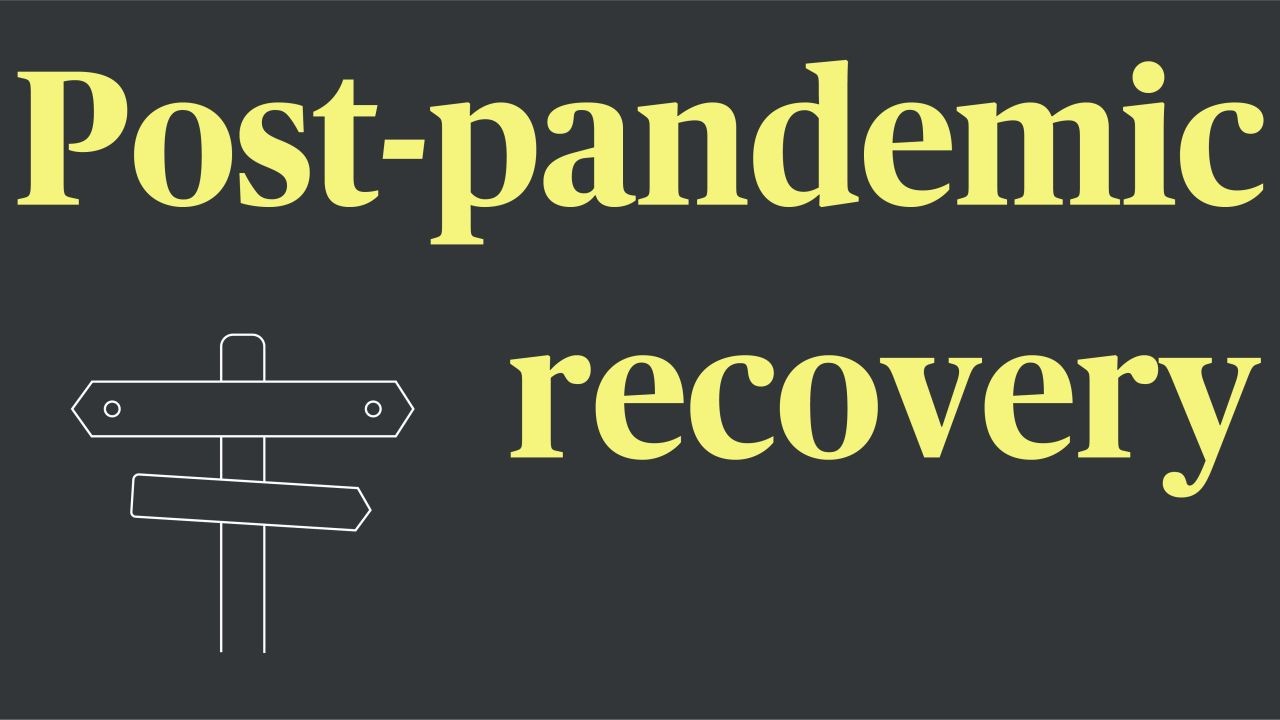Australia’s healthcare system is often lauded for its comprehensiveness and universal access. However, a growing number of Australians are expressing concerns about the high costs associated with medical procedures. This sentiment is not entirely unfounded; the interplay of market dynamics, regulatory frameworks, and economic pressures contribute to an intricate web that influences healthcare pricing. This article delves into why some Australians believe medical procedures cost too much, providing a thorough analysis backed by data and expert insights.
The Australian Healthcare Landscape
To understand the complexities of healthcare costs in Australia, it is essential to first explore the nation’s healthcare system. Australia operates a mixed public-private healthcare model. The public component, known as Medicare, provides free or subsidized healthcare services to citizens and permanent residents. However, the private sector also plays a significant role, offering quicker access to elective procedures and specialist services.
Medicare and Out-of-Pocket Expenses
Despite Medicare’s coverage, out-of-pocket expenses remain a significant concern for many Australians. According to the Australian Bureau of Statistics (ABS), out-of-pocket health expenses accounted for approximately 17.4% of total health care expenditure in 2022. This expenditure includes costs for services not fully covered by Medicare, such as dental care, pharmaceuticals, and certain specialist consultations.
Factors Contributing to High Medical Costs
1. Specialist Fees and Private Health Insurance
One of the predominant factors driving up healthcare costs is the fees charged by specialists. The Australian Competition & Consumer Commission (ACCC) has highlighted that fees for specialists can vary significantly, often resulting in high out-of-pocket costs for patients. Private health insurance, which is meant to alleviate some of these costs, can be inconsistent in its coverage, leading to unexpected expenses.
2. Pharmaceutical Pricing
Pharmaceuticals form another significant component of healthcare costs. While the Pharmaceutical Benefits Scheme (PBS) subsidizes many medications, patients may still face high costs for drugs not listed on the PBS. The Reserve Bank of Australia (RBA) notes that the nation’s pharmaceutical expenditure has grown consistently, driven by the introduction of new, high-cost drugs.
3. Technology and Innovation
Advancements in medical technology and treatment options can also contribute to rising healthcare costs. While these innovations can improve patient outcomes, they often come with hefty price tags. The Treasury of Australia notes that the adoption of cutting-edge medical technologies has increased healthcare expenditure by approximately 8% annually over the past decade.
Case Study: The Impact of Specialist Fees
Case Study: Specialist Fees in Sydney – A Barrier to Access
Problem: A study conducted in Sydney revealed that patients requiring specialist consultations faced significant financial barriers. The high fees charged by specialists, often not fully covered by Medicare or private insurance, led to delayed or foregone medical treatments.
Action: To address this, a local healthcare network implemented a fee transparency initiative, providing patients with clear information about potential costs prior to consultations. This initiative aimed to empower patients with the information needed to make informed decisions regarding their care.
Result: Within six months, patient satisfaction increased by 30%, and there was a 20% reduction in appointment cancellations, indicating improved access to necessary care.
Takeaway: Transparent pricing can significantly enhance patient access to healthcare services, a model that could be replicated nationwide to mitigate the impact of high specialist fees.
Comparative Analysis: Australia vs. Global Healthcare Costs
Globally, healthcare costs are a concern, but Australia faces unique challenges. While countries like the United Kingdom and Canada also operate public healthcare systems, the integration of private healthcare in Australia adds complexity to cost management.
In the United States, for instance, the reliance on private insurance significantly influences healthcare pricing. However, the Australian combination of public and private sectors results in a dual burden where individuals may face costs from both systems, particularly for non-urgent or elective procedures.
Regulatory Insights: The Role of Policy
The Australian government has implemented various policies aimed at controlling healthcare costs. The ACCC ensures competition in the healthcare sector to prevent monopolistic practices that could drive up prices. Meanwhile, the Australian Prudential Regulation Authority (APRA) regulates private health insurers to maintain financial stability and protect policyholders.
Despite these measures, gaps in regulation can still lead to cost disparities. For instance, the lack of standardized billing practices across private healthcare providers can result in significant price variations for similar procedures.
Common Myths & Mistakes About Healthcare Costs
- Myth: "Private health insurance covers all medical expenses." Reality: Many Australians discover that their insurance does not fully cover specialist fees or elective procedures, leading to out-of-pocket expenses.
- Myth: "Public healthcare is entirely free." Reality: While Medicare provides substantial coverage, out-of-pocket costs for certain services and medications persist.
- Myth: "Higher costs equal better quality care." Reality: There is no direct correlation between cost and quality, as high fees often reflect specialist demand rather than superior care.
Future Trends: The Path Forward
Looking ahead, several trends could impact healthcare costs in Australia. The integration of digital health technologies, such as telemedicine, promises to increase access while potentially reducing costs. According to Deloitte, telehealth use in Australia increased by 120% from 2020 to 2023, offering a more cost-effective alternative to traditional consultations.
Furthermore, policy reforms focused on price transparency and pharmaceutical pricing could alleviate some cost pressures. The Australian government is exploring initiatives to cap out-of-pocket expenses, a move that could provide significant financial relief to patients.
Conclusion
Healthcare costs in Australia are a multifaceted issue influenced by specialist fees, pharmaceutical pricing, and technological advancements. While these factors contribute to the perception of high costs, strategic policy interventions and innovative healthcare models hold the potential to mitigate these concerns.
Encouraging transparency, embracing digital health solutions, and refining regulatory frameworks will be crucial in ensuring that healthcare remains accessible and affordable for all Australians. As these changes unfold, the role of urban planners will be pivotal in integrating healthcare infrastructure into community development, ensuring that accessibility and affordability are prioritized in urban planning strategies.
People Also Ask (FAQ)
- How does healthcare cost impact urban planning in Australia? Urban planners must consider the accessibility of healthcare facilities and integrate health services into community designs to reduce transportation costs and improve accessibility.
- What are the biggest misconceptions about healthcare costs in Australia? A common myth is that private health insurance covers all expenses, but many Australians face significant out-of-pocket costs for specialist consultations and elective procedures.
- What future trends will affect healthcare costs in Australia? The rise of telemedicine and policy reforms focused on price transparency are expected to influence healthcare costs, offering more cost-effective solutions and financial relief for patients.
Related Search Queries
- Why is healthcare so expensive in Australia?
- Australian healthcare system challenges
- How to reduce medical costs in Australia
- Private health insurance costs Australia
- Medicare coverage Australia
- Specialist fees in Australia
- Healthcare costs comparison Australia vs. USA
- Impact of telemedicine on healthcare costs
- Pharmaceutical pricing in Australia
- Future of healthcare in Australia































delilahdeather
6 months ago